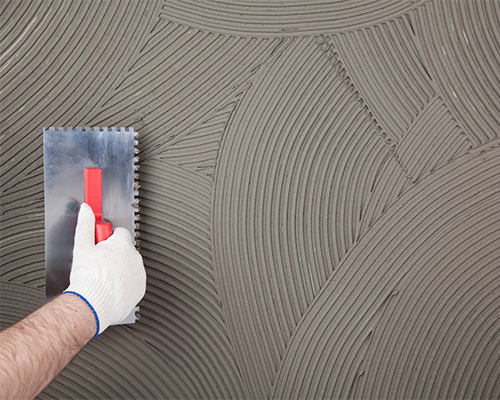Hydroxypropyl Methylcellulose (HPMC) is widely utilized in the coatings industry for its excellent properties as a dispersant. As a dispersant, HPMC ensures the uniform distribution of particles within a coating formulation, contributing to the overall stability and performance of the final product. This article delves into the mechanisms by which HPMC functions as a coating dispersant and the benefits it brings to industrial applications.
1. Mechanisms of Dispersion
HPMC improves the dispersion of particles in coatings through several key mechanisms:
A. Surface Modification
Description: HPMC adsorbs onto the surface of pigment and filler particles, modifying their surface properties.
Impact:
- Stabilization: Prevents particles from agglomerating by creating a steric barrier.
- Enhanced Distribution: Ensures even distribution of particles throughout the coating matrix.
B. Viscosity Modification
Description: HPMC adjusts the viscosity of the coating formulation, optimizing the flow and spreadability.
Impact:
- Improved Flow: Enhances the flow properties of the coating, making it easier to apply.
- Uniform Coating: Results in a smoother, more uniform coating layer.
C. Electrostatic Repulsion
Description: HPMC can impart slight charges to particles, promoting electrostatic repulsion.
Impact:
- Reduced Agglomeration: Prevents particles from coming together and forming clumps.
- Stable Suspension: Keeps particles evenly suspended in the coating medium.
2. Benefits of Using HPMC as a Dispersant
Using HPMC as a dispersant in coatings offers several advantages:
A. Enhanced Stability
Description: HPMC helps maintain a stable suspension of particles within the coating formulation.
Benefits:
- Longer Shelf Life: Reduces settling and sedimentation, extending the shelf life of the product.
- Consistent Performance: Ensures consistent performance and appearance of the coating over time.
B. Improved Application Properties
Description: HPMC improves the rheological properties of coatings, making them easier to apply.
Benefits:
- Ease of Application: Facilitates smooth and easy application, whether by brush, roller, or spray.
- Reduced Sagging: Minimizes sagging and dripping during application.
C. Better Appearance
Description: HPMC contributes to the formation of a smooth, uniform coating layer.
Benefits:
- Aesthetic Quality: Enhances the visual appearance of the coating, providing a high-quality finish.
- Uniform Color: Ensures even color distribution and coverage.
D. Increased Durability
Description: By maintaining a stable and uniform dispersion of particles, HPMC enhances the durability of the coating.
Benefits:
- Wear Resistance: Improves the resistance of the coating to wear and abrasion.
- Weather Resistance: Enhances the coating’s ability to withstand environmental conditions.
3. Applications in the Coatings Industry
HPMC is widely used as a dispersant in various coating applications, including:
- Architectural Coatings: For interior and exterior paints, providing smooth application and durability.
- Industrial Coatings: Enhances the performance and longevity of coatings used in industrial settings.
- Automotive Coatings: Improves the appearance and durability of automotive paints and finishes.
- Protective Coatings: Used in coatings that provide protection against corrosion, chemicals, and other environmental factors.


